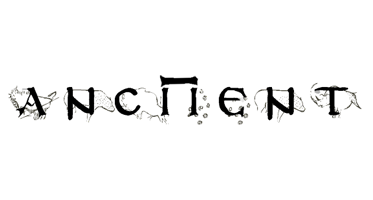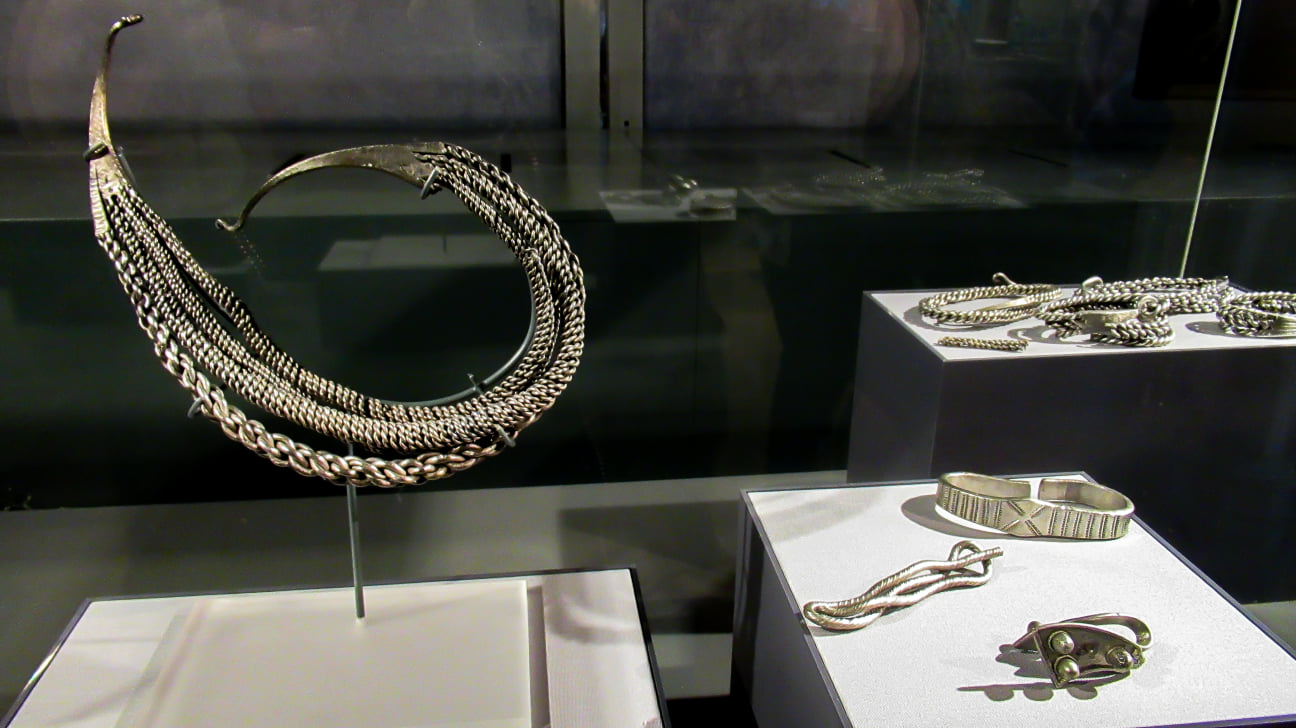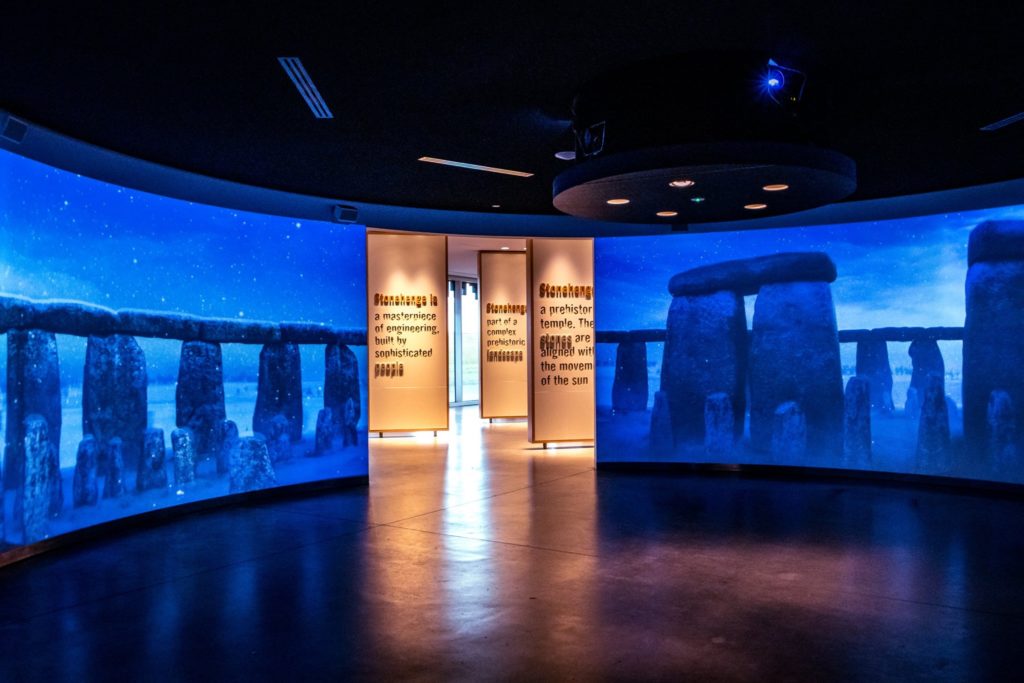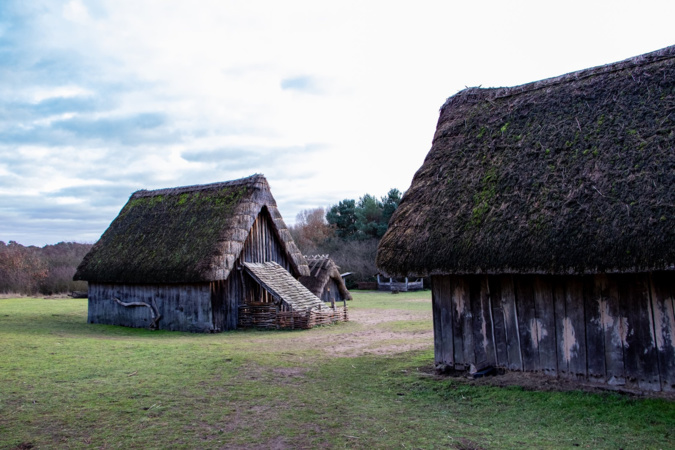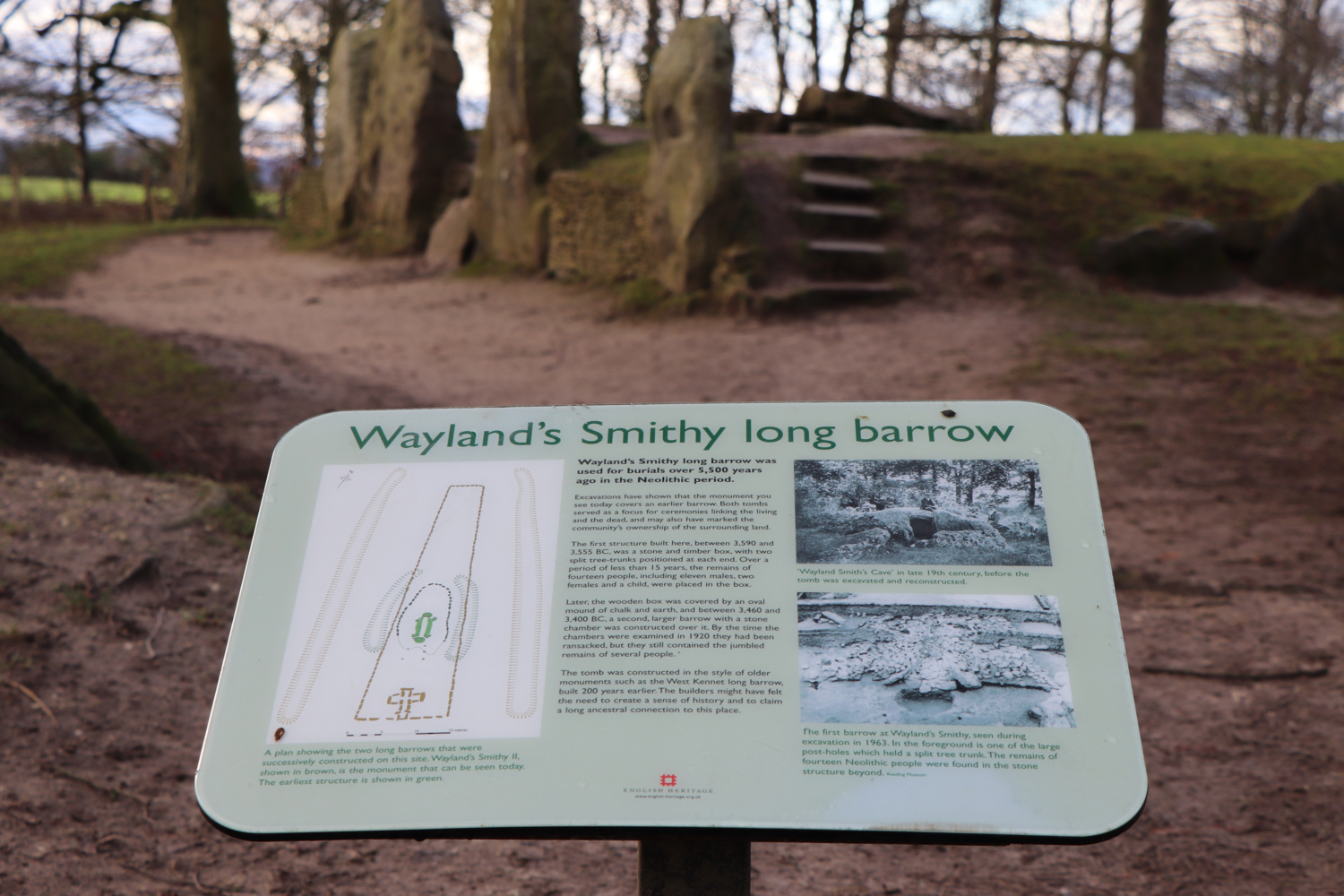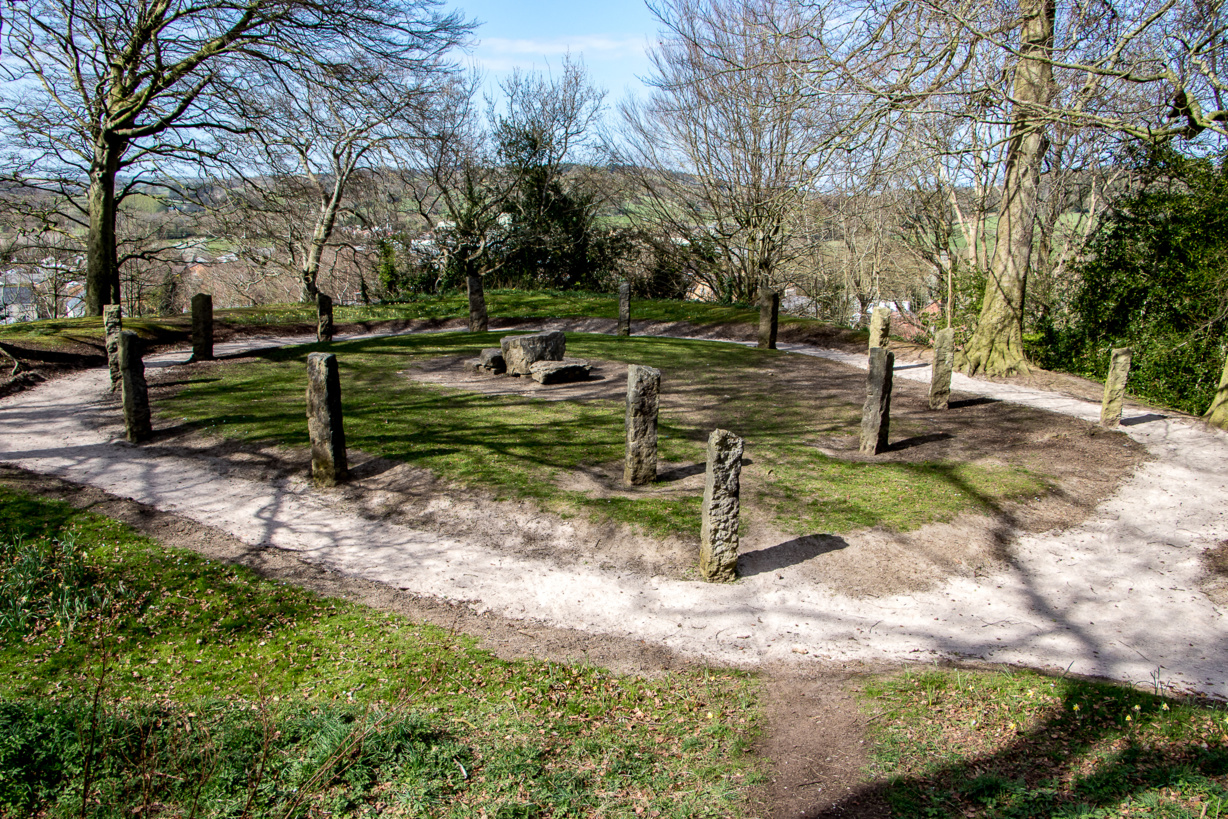Stirling Castle, located in Stirling, is one of the largest and most important castles in Scotland, both historically and architecturally. The castle sits atop Castle Hill, an intrusive crag, which forms part of the Stirling Sill geological formation. It is surrounded on three sides by...
Scandinavian York, referred to at the time as Jórvík or Danish York is a term used by historians for the south of Northumbria (modern-day Yorkshire) during the period of the late 9th century and the first half of the 10th century, when it was dominated...
Stonehenge is a prehistoric monument in Wiltshire, England, west of Amesbury and north of Salisbury. Stonehenge’s ring of standing stones is set within earthworks in the middle of the densest complex of Neolithic and Bronze Age monuments in England, including several hundred burial mounds. Archaeologists...
Sutton Valence Castle is a ruined medieval fortification in the village of Sutton Valence in Kent, England. Overlooking a strategic route to the coast, the original castle probably comprised an inner and an outer bailey and a protective barbican, with a three-story high keep on...
Bodiam Castle is a 14th-century moated castle near Robertsbridge in East Sussex, England. It was built in 1385 by Sir Edward Dalyngrigge, a former knight of Edward III, with the permission of Richard II, ostensibly to defend the area against French invasion during the Hundred...
Prehistoric settlement: The site at West Stow has shown evidence of human habitation throughout British prehistory. Indeed, the wider Lark Valley contains the greatest known concentration of prehistoric settlements in the region of East Anglia. Mesolithic: Excavation at West Stow has discovered evidence for hunter-gatherers...
Grime’s Graves is a large Neolithic flint mining complex in Norfolk, England. It was worked between c. 2600 and c. 2300 BC, although production may have continued well into the Bronze and Iron Ages (and later) owing to the low cost of flint compared with...
Wayland’s Smithy is a chambered long barrow located near the village of Ashbury in the south-eastern English county of Oxfordshire. Probably constructed in the thirty-sixth century BC, during Britain’s Early Neolithic period, today it survives in a partially reconstructed state. Wayland’s Smithy is along...
Lancaster Castle is a medieval castle in Lancaster in the English county of Lancashire. Its early history is unclear but may have been founded in the 11th century on the site of a Roman fort overlooking a crossing of the River Lune. In 1164, the...
Mold Castle, on Bailey Hill in the town of Mold, Flintshire, Northeast Wales. Mold Castle was built upon an existing earthwork. A motte and bailey fortress was erected c. 1072 – possibly by Robert de Montalt, a descendant of Eustace De Monte Alto, a...
Urquhart Castle sits beside Loch Ness in the Highlands of Scotland. The castle is on the A82 road, 21 kilometers south-west of Inverness and 2 kilometers east of the village of Drumnadrochit. The name Urquhart derives from the 7th-century form Airdchartdan, itself a mix...
Victorious at the Battle of Hastings on 14 October 1066, the invading Duke of Normandy, William the Conqueror, spent the rest of the year securing his holdings by fortifying key positions. He founded several castles along the way, but took a circuitous route toward London;...
